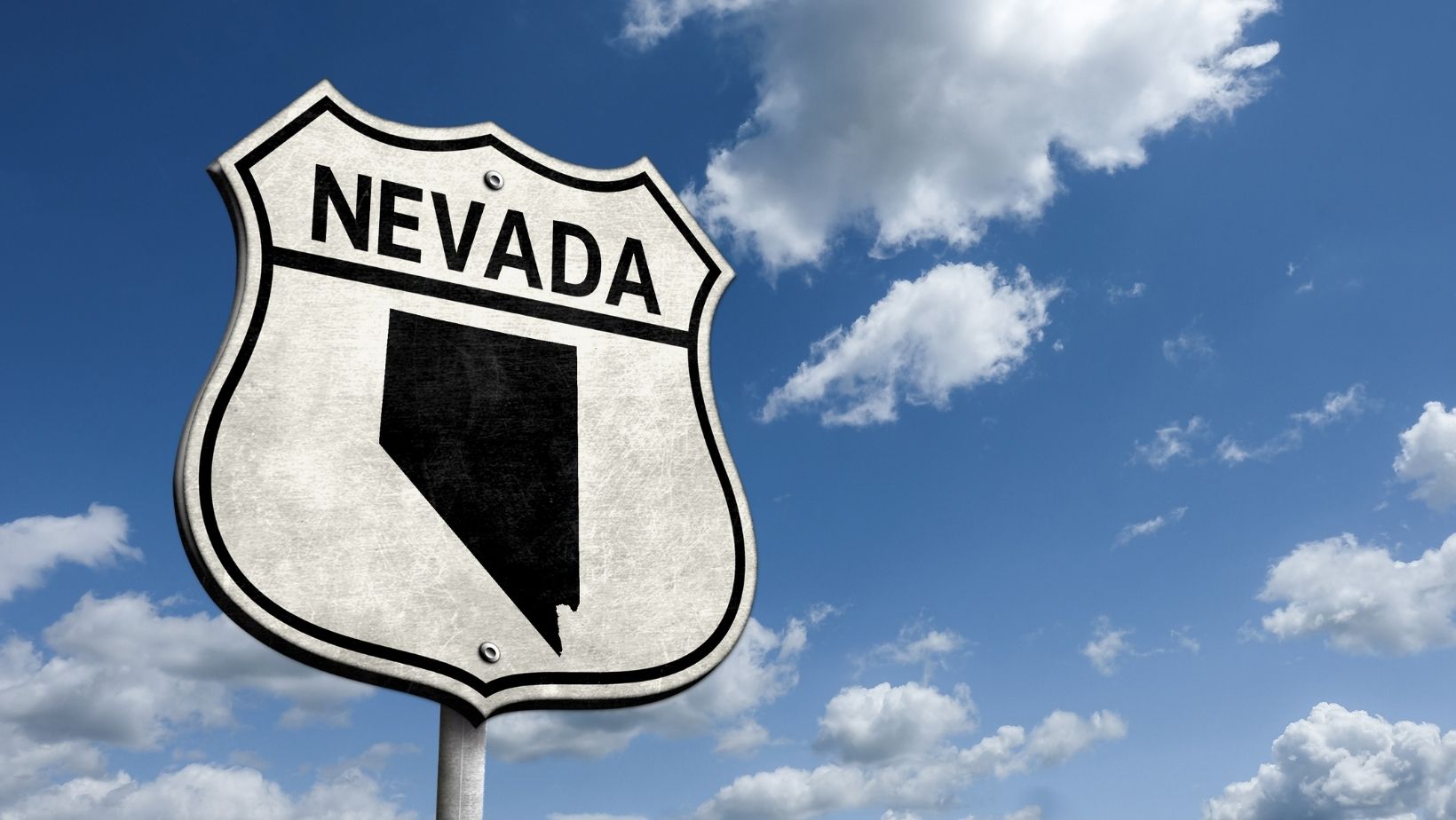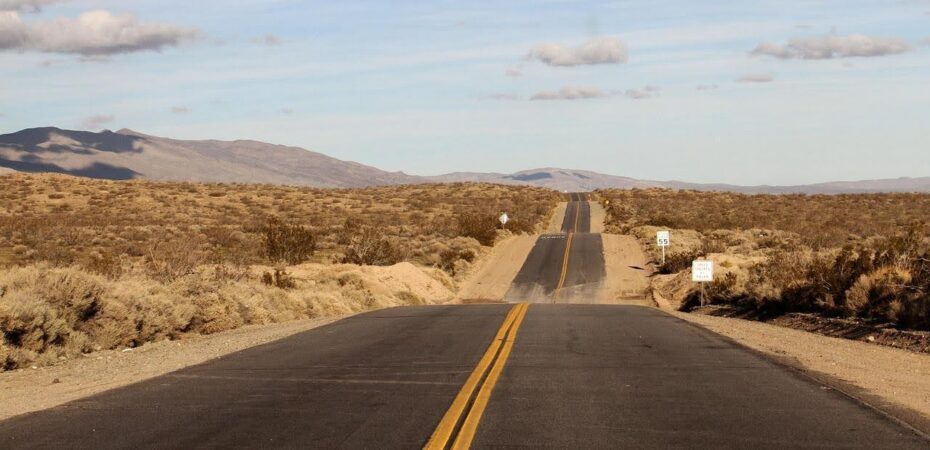Nevada’s open roads promise adventure, but also danger if proper precautions aren’t taken. This became painfully clear in 2022, which marked one of the deadliest years on Nevada highways in three decades. According to the Department of Public Safety, 382 fatalities occurred on Nevada roads in that year. If you are visiting Nevada, learn what is required to present a car accident claim when involved in an accident in the State, stay alert and drive defensively, especially on these notoriously deadly roads.
The Loneliest and Most Feared
US Route 50 crosses central Nevada, covering over 300 miles with hardly any services or human habitation. This isolated “Loneliest Road in America” ranked 5th on a list of the most feared US highways in 2022. With few gas stations, restaurants, or rest areas, drivers must come prepared. Carry extra food, water, and supplies in case of a breakdown or accident far from help. The empty landscape also makes it easy to zone out from highway hypnosis. Take regular breaks to walk around and stay focused.
Great Basin’s Treacherous Terrain
Running through Great Basin National Park, home to 5,000-year-old Bristlecone Pine trees (the oldest living things on Earth), the Great Basin Highway offers stunning mountain vistas. However, steep drop-offs and winding turns through high elevation passes make it prone to weather-related accidents. Sudden snow squalls, dense fog, and icy conditions can take drivers by surprise. Check conditions and pack chains during winter months. Go slow around blind curves, as wildlife or rockslides may lurk ahead. Give large trucks plenty of room, as their braking ability is compromised on steep grades.
Staying Safe on Nevada’s Highways

While scenic, Nevada’s roads can quickly turn deadly if proper precautions aren’t taken. Here are some tips to avoid becoming a statistic:
- Obey speed limits, especially in bad weather or congested areas. Speeding increases both crash risk and severity.
- Drive sober and well-rested. Drowsy or impaired driving contributes to many Nevada casualties each year. Fatigue reduces reaction times as much as alcohol.
- Focus fully on driving. Phones and other distractions are dangerous at high speeds. Pull over safely to use devices.
- Make sure everyone buckles up. Unbelted occupants can be thrown from vehicles in crashes. Nevada law requires seat belt use.
- Equip your vehicle properly, with good tires, lights, and emergency kits. Carry extra water, warm clothes, flares, jumper cables, and tools.
- Watch for wildlife, especially at dusk and dawn. Hitting deer, elk, and other large animals can be catastrophic.
- Keep ample distance between cars to allow time for stopping. Tailgating causes chain reaction crashes.
If You’re in a Crash…
Should you become involved in an accident, follow these steps:
- Move to a safe location, like the road shoulder, if your car is drivable. Turn on hazards to warn other motorists.
- Call 911 to report the incident and request medical assistance for any injuries. Provide exact location details.
- Render aid to anyone seriously hurt, but avoid moving them unless they are in immediate danger.
- Document the scene with photos and witness statements, if possible. Exchange insurance information with other involved drivers.
- Hire an experienced Nevada car accident lawyer to protect your rights during claims processes. Don’t settle with insurers until you’ve received professional legal advice.
Driving in Nevada offers adventure and freedom. But with its remote terrain and hazardous conditions, drivers must emphasize safety and preparation to arrive alive. Staying focused and making smart choices behind the wheel will help ensure your next journey across Nevada is one you can remember fondly.


 By
By 




